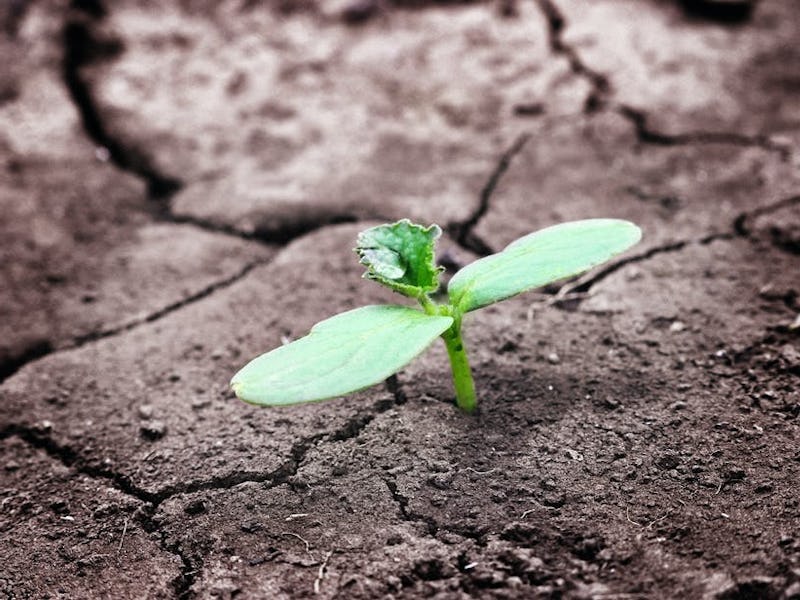Five ways to kickstart a green recovery
With a recession looming, it’s time to come up with a good recovery plan.

With a recession looming, it’s time to come up with a good recovery plan. There is no point in simply reinventing an outdated economic model, and recent research by economists and health experts has underlined how instead a “green recovery” could benefit not just the climate but also human health and prosperity.
Indeed, many business leaders are already calling for action to reverse nature loss, a strengthened net-zero carbon goal, and a more circular economy. If this sort of mission is to be successful, it will need some quick wins in order to build support and participation among citizens and like-minded investors. So here are five proposals that could kickstart a green recovery from Covid-19:
5. Better buildings
People were in lockdown for weeks and months and are fed up being confined to their homes. A green recovery should start here. That means mass refurbishments to improve insulation, replace windows, reduce air leakage, improve heating (and cooling) systems, and switch fuels from coal, gas, and oil towards renewable energies such as wind and solar.
We could make better use of roof space for new housing, solar energy, water storage, gardening, and more. There are some issues with these green roofs: risks of air pollutants increased moisture and emerging biohazards. But doing this well and in time will create many jobs.
How to make use of a roof.
4. Better access to healthy food
Food insecurity has been rising, and obesity has been an aggravating factor in COVID-19 mortalities. Healthy diets are proven precautionary measures, supporting immune systems along with improving fitness and robustness.
To encourage people to consume more fruits, vegetables, and cereals, the government could consider lowering the VAT rate for organic food and healthy suppliers. To make such food more appealing, it could also set up a form of “traffic-light” labeling that displayed the endorsement of NGOs and confirmed good production conditions. Setting up schemes and organizations focused on innovations in supply and combating waste would create jobs and make food supply chains more resistant to any recurrent crises.
3. Smart mobility
There is a risk that transport will simply return to the previous norm of traffic jams and air pollution. If economic recovery is to be green, it will be essential to maintain flexible working schemes with less commuting, even after most workplaces reopen.
Research by academics at the UK Centre for Research into Energy Demand Solutions suggests that the best bet for reducing carbon footprints is reducing car use and moving towards “smart mobility”. This means carpooling, car sharing and bike-sharing programs, and well-developed public transportation.
Now is the time to reclaim our cities from motor cars. Any green recovery should include a vast acceleration of biking infrastructures with interconnected cycle highways, safe locking stations, smart renting schemes, recharging infrastructures for e-bikes and e-scooters, and extended walkways. Smart mobility apps can help people link up different modes of transportation. Cities like Copenhagen and Amsterdam have demonstrated all this is perfectly possible.
Amsterdam shows it can be done.
2. Green our neighborhoods and cities
Maintaining and improving urban green space should now become a top priority. Initiatives like Nesta’s Rethinking Parks or the Heritage Fund’s Future Parks Accelerator are designed to find ways of managing and funding parks and open spaces across entire towns and cities.
People and businesses could renovate derelict areas and recreate public life, with support from local authorities and a governmental green recovery program. Doing all this will help adjust development planning by shifting priorities towards longer-term sustainability.
1. More resilient infrastructures
Despite $2.5 trillion a year already being spent on infrastructure projects worldwide, more investment is needed to ensure access to housing, mobility, services, and greenspace for all in the new abnormal.
Take water, for instance. A green recovery could be boosted by building a new generation of decentralized water tanks, shared between neighboring apartment owners. This would be better for the environment as rainwater is preserved and could be used for gardening and cleaning outside the home. Meanwhile, so-called “sponge city” initiatives can reduce the risk of urban floods by increasing green spaces, restoring wetlands, and using permeable new construction materials to absorb rainwater and delay runoff.
The above actions would complement efforts to transform the energy system away from fossil fuels and towards a system based on renewable generation, with decentralized “microgrids” and the ability to cope with a surge in demand from electric vehicles.
This article was originally published on The Conversation by Raimund Bleischwitz at UCL. Read the original article here.
This article was originally published on